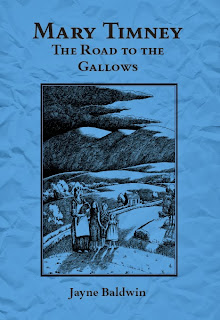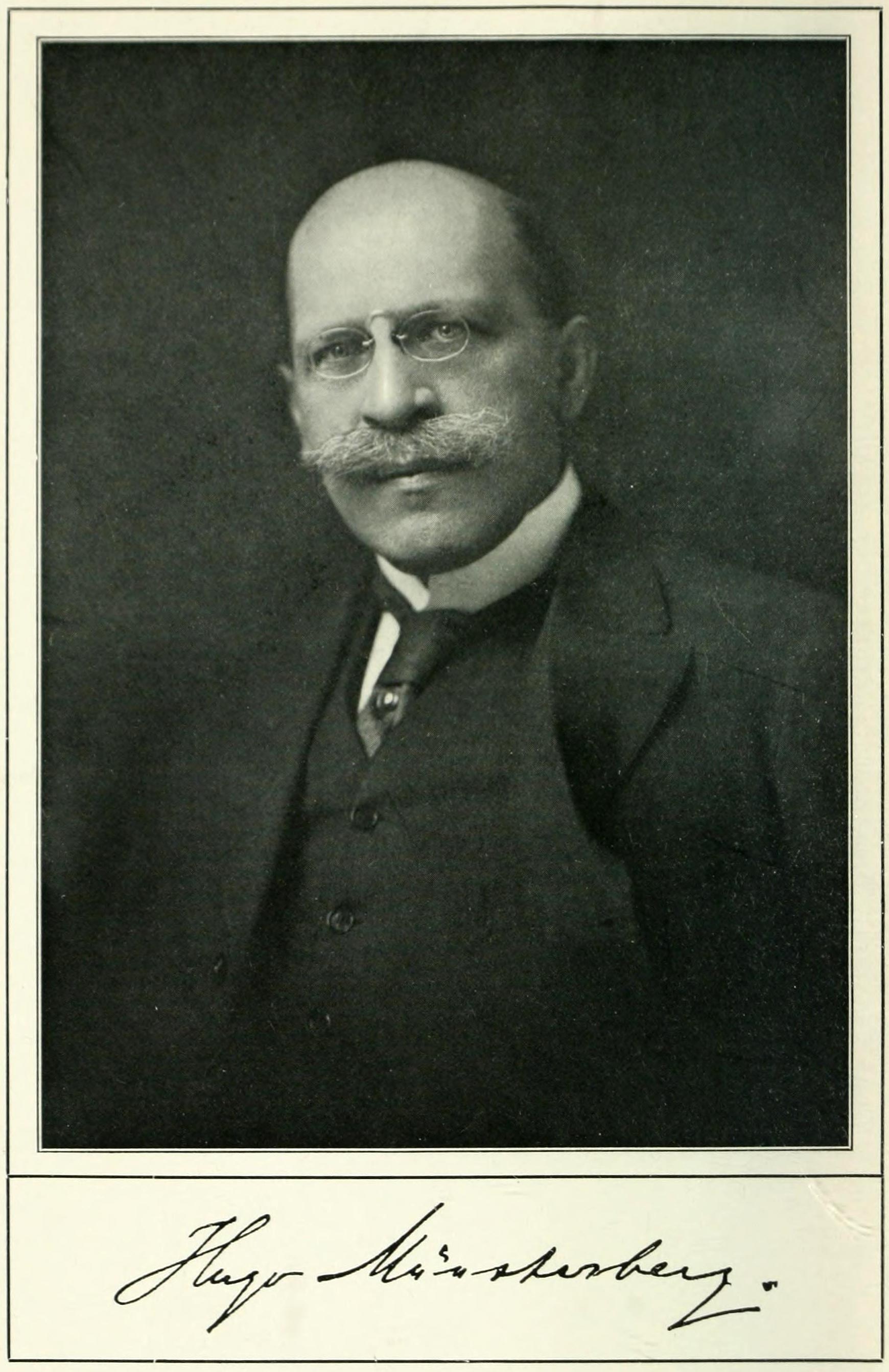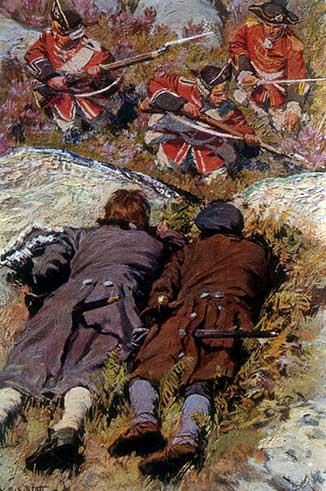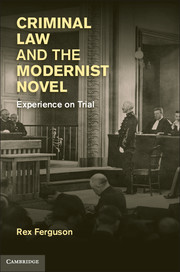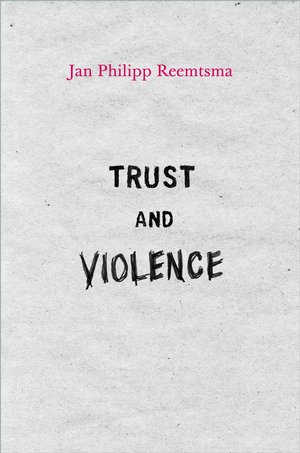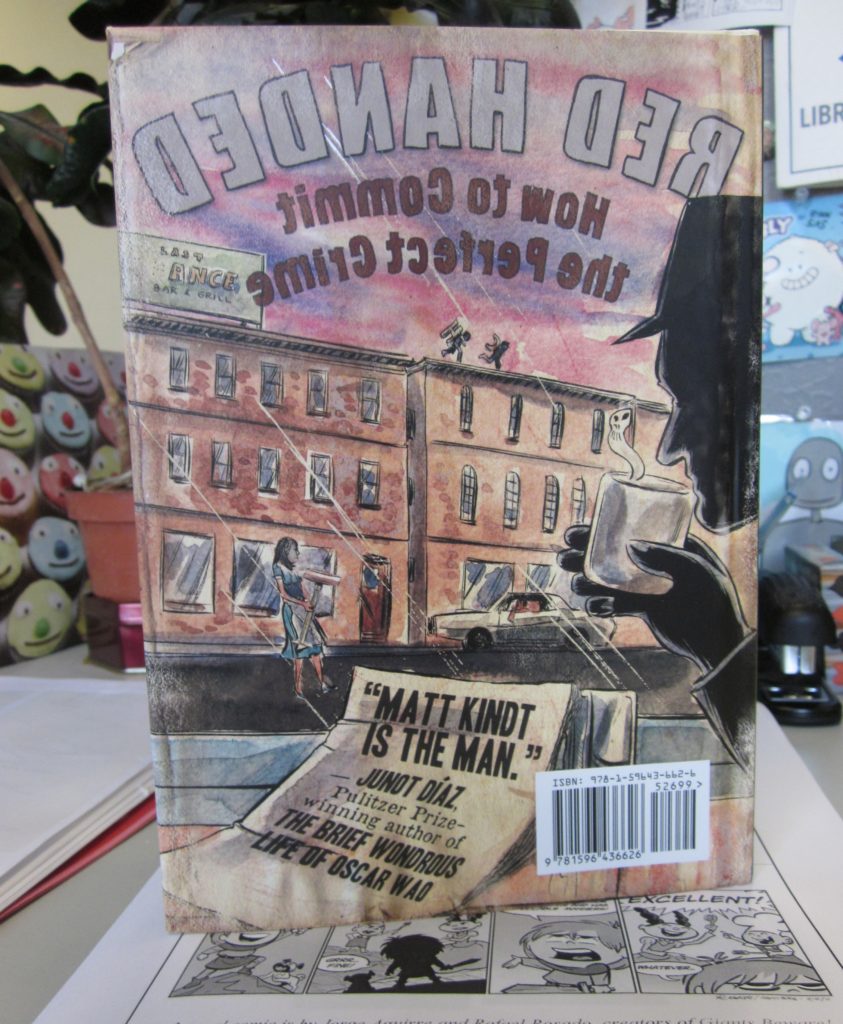When I use the term assassination here I mean it in quite a narrow sense. It is not just any killing, but specifically the killing of political or public figures, with a political motive. This kind of killing has a modern kind of significance. There have, of course, been politically motivated killings throughout history, and debates and theorising about when the use of violence was justified. But up to the modern period this was usually known as tyrannicide - the killing of a tyrant - as it was referred to in classical Greek and Roman political theory. Other politically motivated killings - the removal of an opponent to protect a sovereign's position or to open the path to power (think Macbeth) - could also be referred to as assassination, but the term was not widely used. The idea of assassination as politically motivated killing took on a special significance in the modern age, not only because it became more widespread, but that it was a consequence of the new form of democratic politics. The democratization of power paradoxically democratized political killing as those frustrated by existing rulers and political systems resorted to violence.
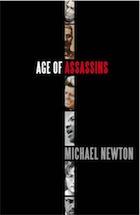 This, broadly, is the theme of a new book Age of Assassins by Michael Newton. This presents itself as a history of assassination between the assassination of Lincoln by John Wilkes Booth (1865) and the attempted assassination of Ronald Reagan by John Hinckley in 1981. (It is pleasing to see that Newton gives space to the relation between the development of the defence of insanity and assassination though mainly in Victorian England). He argues that the nineteenth century killers were typically ordinary people driven by a (misplaced) desire to make the world better. By contrast as the book moves into the 1960s the assassins of the Kennedy brothers, of Martin Luther King, and of Malcolm X were typically loners, with few clear political motivations and often driven by a desire for celebrity. The argument of the book then paints a slightly odd picture of the decline of the American assassination.
This, broadly, is the theme of a new book Age of Assassins by Michael Newton. This presents itself as a history of assassination between the assassination of Lincoln by John Wilkes Booth (1865) and the attempted assassination of Ronald Reagan by John Hinckley in 1981. (It is pleasing to see that Newton gives space to the relation between the development of the defence of insanity and assassination though mainly in Victorian England). He argues that the nineteenth century killers were typically ordinary people driven by a (misplaced) desire to make the world better. By contrast as the book moves into the 1960s the assassins of the Kennedy brothers, of Martin Luther King, and of Malcolm X were typically loners, with few clear political motivations and often driven by a desire for celebrity. The argument of the book then paints a slightly odd picture of the decline of the American assassination.The argument clearly works best as a history of political assassination in the USA. He shows that Lincoln declined protection because assassination was seen as un-American, a form of political violence that was alien to the inclusive new republic. And this can be contrasted with the killings that symbolised the 1960s where assassination has become politically meaningless, an act which which seeks to give meaning to an individual life. But the book is broader than this, covering European anarchism in the 1850s, the Phoenix Park killings by Irish nationalists in Dublin in 1882, the attempted assassination of Hitler in 1944 and many more. While these are fascinating, it is not always clear how they fit into the story. Occasionally, it is true that the European context is essential to understanding American developments, as with the Russian anarchists who moved to the US and were involved in the attempted murder of the industrialist Henry Frick and the assassination of President McKinley, but in other places their inclusion seems more random and actually might seem to contradict the main argument. As Newton himself admits, political assassination is still resorted to routinely in other parts of the world - think of the political violence in Germany, Italy and the UK in the 1970s or the killing of Olaf Palme for instance - which suggests that a history of political assassination in Europe would look very different. And, of course, there is also the question of state sponsored assassination - notably of Osama bin Laden by the USA - which if included might put a very different spin on the argument.
There are also some interesting criminal law questions raised by the argument. One of the key thoughts that emerges here is the difference between terrorism and assassination. While assassination was often carried out by means of bombs (especially in the nineteenth century) and bystanders could be killed, the aim was not that of terrifying the public or creating a mood of political uncertainty by an extreme act of violence. This suggests that not all political violence is terrorism, and conversely, that it might be appropriate to recognize assassination as a distinct form of murder (as terrorism is a distinct form of violence because of its motivation). This would be because is uniquely serious or because the motivation attending the crime should be recognized in the crime definition. This might seem like an odd suggestion, but it seems clear that not all murders are the same and that the degree or seriousness of the act might be recognized in the definition.


